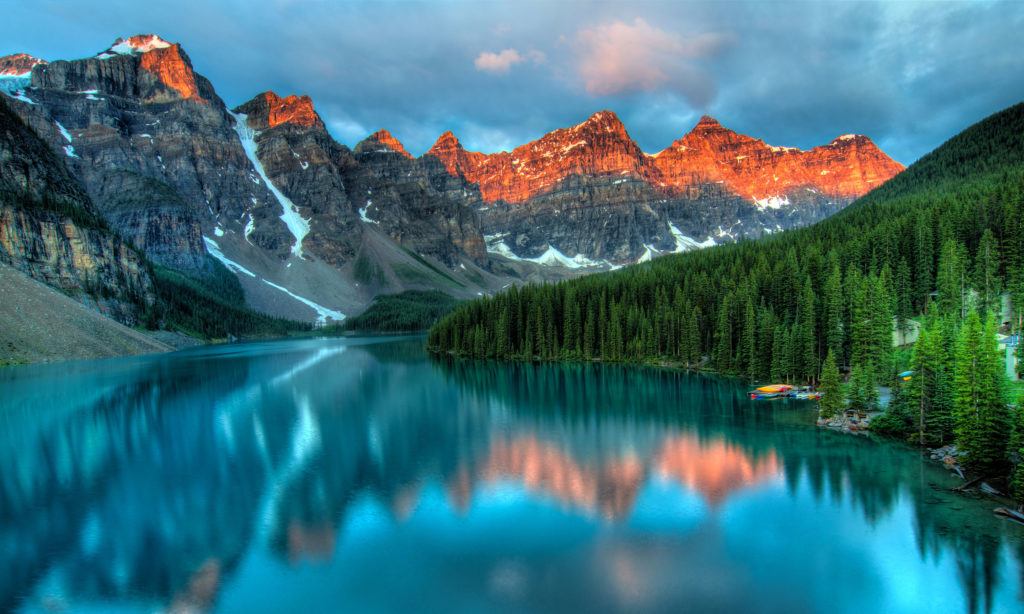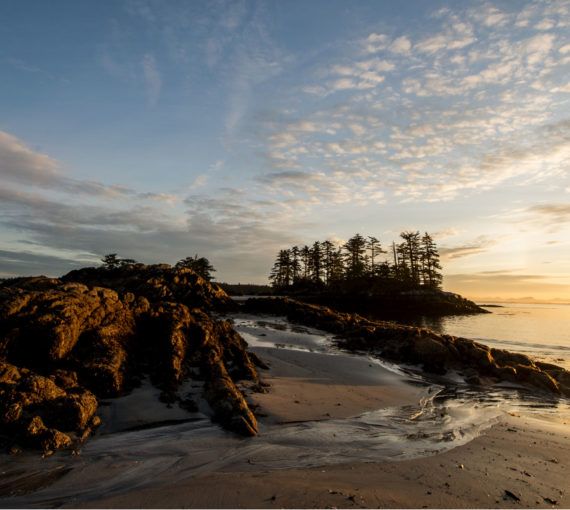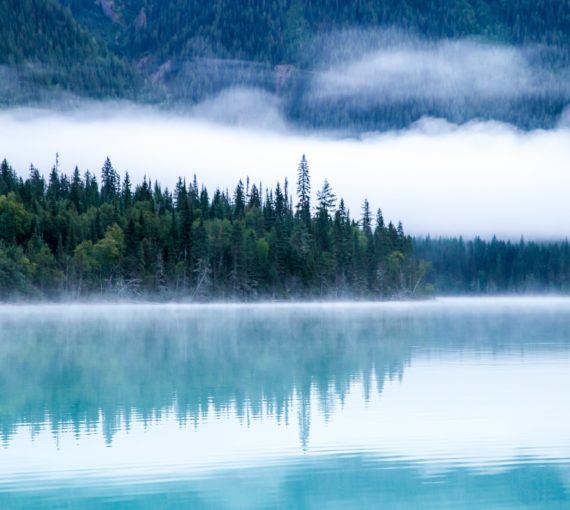
Banff National Park's Moraine Lake at sunrise. (Photo: James Wheeler via Flickr)
Canada is a nation deeply connected to nature. Our land, freshwater and ocean environments are the lifeblood of our country and shape our national identity. Healthy ecosystems underpin our economy, culture, history, health and well-being. Yet Canada is struggling to meet its commitment to formally protect natural heritage in many regions of the country.
With 2018’s federal budget around the corner, our country has an opportunity to be a global leader in conservation by investing to protect land, inland waters and oceans.
Canada has pledged on the world stage, and domestically through mandate letters to its ministers, to protect at least 17 per cent of land and inland waters and at least 10 per cent of coastal and marine areas by 2020 and to improve the quality of protected areas. In March 2016, when meeting with former U.S. president Barack Obama, Prime Minister Justin Trudeau re-affirmed Canada’s eagerness to take concrete steps to achieve and “substantially surpass” national goals.
The Green Budget Coalition — 19 Canadian environmental organizations that advise the federal government on budgetary opportunities — estimates federal investment of $1.4 billion is needed over the next three years to meet these commitments. Canadians want to see this kind of investment in nature. A recent opinion poll by WWF Canada shows that Canadians support large-scale protection of our land, freshwater and oceans.
The health of many ecosystems in Canada is declining, and the number of species at risk continues to grow every year. The spaces that wildlife and people depend on are being degraded and lost to industrial and urban development. The growing effects of climate change make the situation worse.
Large-scale networks of protected land, inland waters and ocean can help ensure that we maintain healthy ecosystems and sustain wildlife. We count on nature to deliver the air we breathe, water we drink, food we eat and other ecological services we rely on for survival but often don’t acknowledge.
Taking care of ecosystems will deliver environmental, economic, social and cultural benefits to Canadians, helping protect critical habitat for species at risk, reducing the severity of natural disasters and supporting diversified economies, among other benefits. But there’s more to it than just putting lines on a map. Protected area networks need ecological inventories, research and monitoring and must be grounded in science and Indigenous knowledge-based management. To support this work the Green Budget Coalition also recommends a $470 million ongoing annual budget to ensure protected areas are well managed.
Protected areas are a good investment. A 2015 study found that, around the world, they receive about eight billion visits and generate US$600 billion a year in direct in-country spending. This represents a significant return on investment with less than US$10 billion spent each year globally to operate protected areas.
Economists are recognizing the billions of dollars in ecosystem goods and services that nature provides, including water and air purification, flood and drought mitigation and carbon capture and storage. The value of ecosystem goods and services provided by Thousand Islands National Park, for example, is estimated to be between $12.5 and $14.7 million.
Although Canada’s protection targets point us in the right direction, evidence shows we will likely need to protect much more. In 2016 the IUCN World Conservation Congress passed a motion encouraging protection of at least 30 per cent of the world’s marine environments by 2030, recognizing the growing scientific consensus that this is necessary to conserve ocean health and maintain marine wildlife. Canada has a long way to go to be a leader in nature protection. It is ranked last among the G7 countries and well behind Australia and China, which have each protected 17 per cent.
Protecting nature also supports Indigenous rights and traditions and is an important part of reconciliation. Indigenous Peoples are leading efforts to protect large areas of land and ocean and safeguard cultural values. The federal government can support this work by investing in land and ocean protection strategies that embrace reconciliation and realize co-governance arrangements with Indigenous Peoples.
Allocating “green infrastructure” and climate change funding to support nature conservation initiatives, including protected areas, is one way for the federal government to sustain healthy ecosystems, but additional funding is essential in Canada’s next budget if they hope to meet land and ocean protection targets. With the prime minister’s launch of Canada.ca/Results, Canadians can track progress for each of the governments mandate letter commitments. We’ll be watching to see that progress includes money needed to protect our most important and unique natural resources.
This op-ed was originally published in The Hill Times and has been reprinted with permission. Read the article.
Our work
Always grounded in sound evidence, the David Suzuki Foundation empowers people to take action in their communities on the environmental challenges we collectively face.



